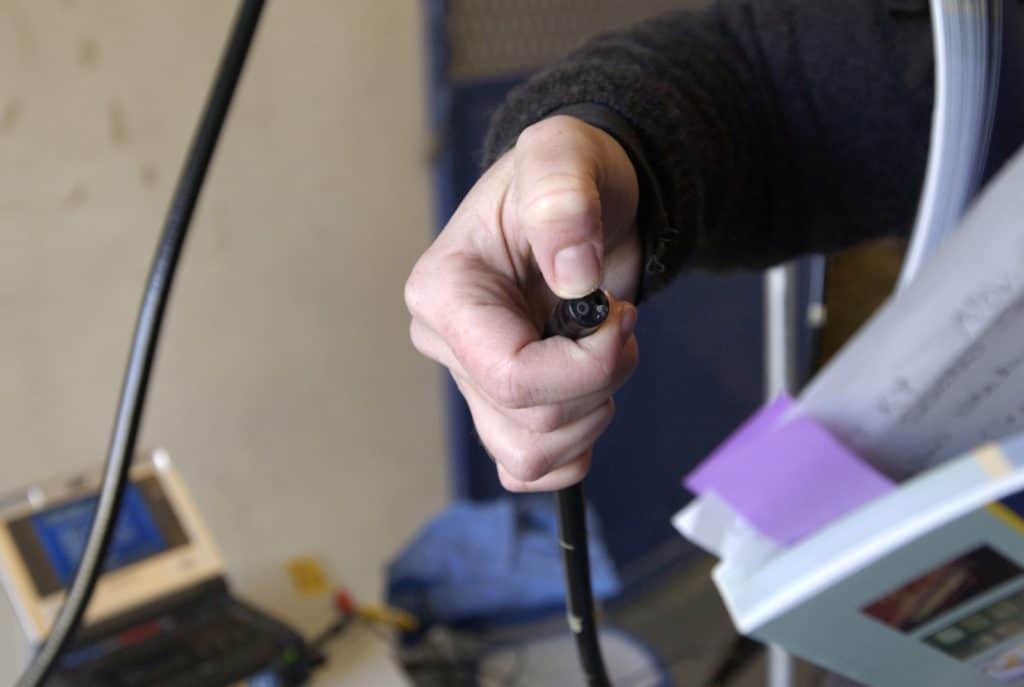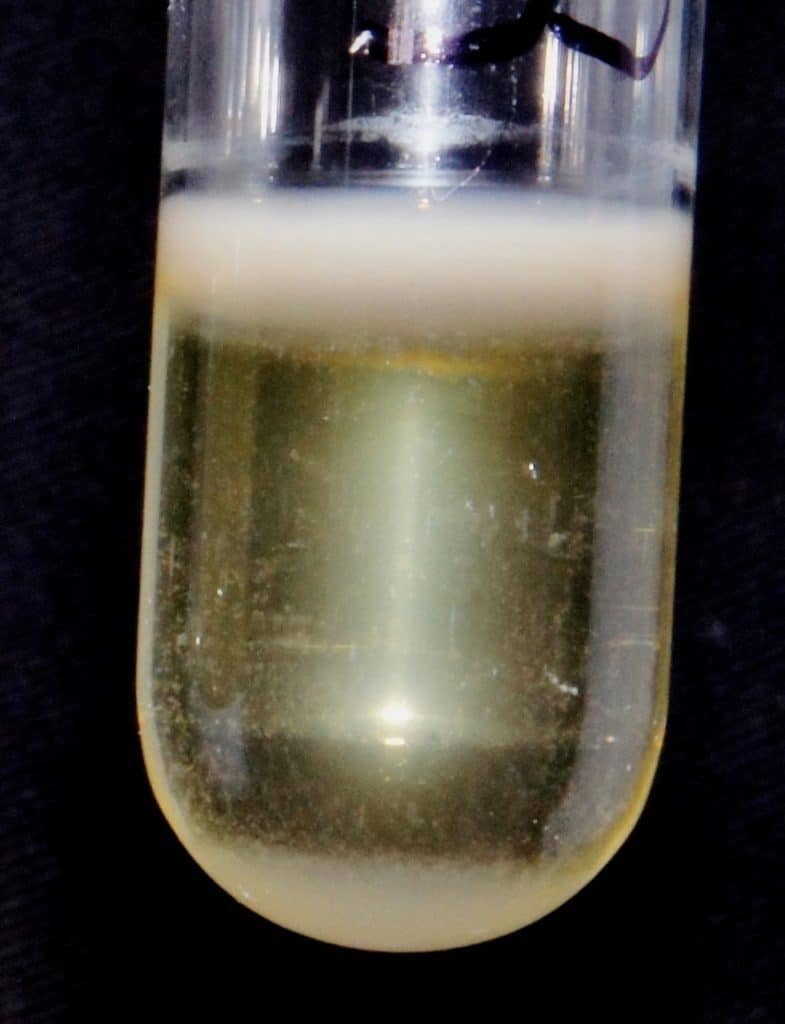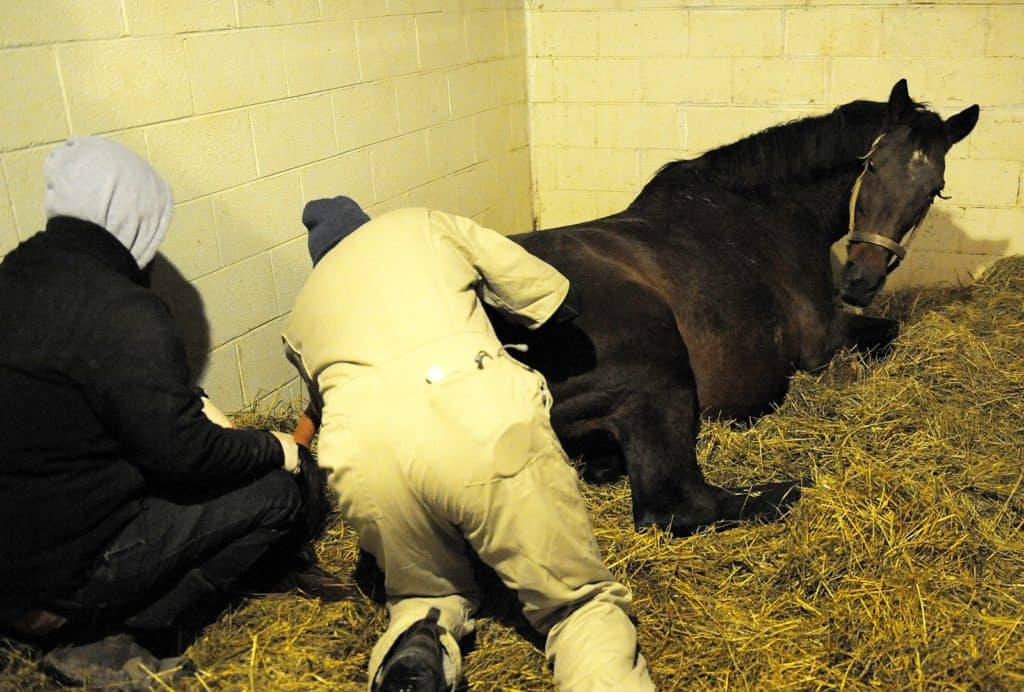
Top Reproduction Studies of 2016
Dr. Terry Blanchard shares studies on endometritis, semen extenders, stem cell therapy, and more.

Dr. Terry Blanchard shares studies on endometritis, semen extenders, stem cell therapy, and more.

Boakari is studying protein’s effects on mare reproductive parameters such as early pregnancy loss and embryo quality.

Breeding a mare is exciting and not without challenges. Learn about stallion selection, breeding soundness, and more!

Mares had higher pregnancy rates per cycle as sperm numbers and number of inseminations per cycle increased.

Scientists tested whether estradiol-17B, progesterone, alpha fetoprotein, and/or serum amyloid A could predict abortion.

Reproductive health, vaccination status, and nutrition are key to readying your mare to care for her foal.

Hydrotubation involves passing an endoscope through the cervix and uterus into the oviduct and flushing it with saline.

Researchers are exploring whether various diagnostic biomarkers could help assess fetoplacental well-being in mares.

Hysteroscopy involves running a flexible endoscope through the uterus to check for abnormalities.

Anti-Mullerian hormone is a reliable marker for cryptorchidism, granulosa-cell tumors, and, possibly, mare fertility.

Veterinarians can use progesterone diagnostically to evaluate luteal function during early pregnancy.

A reproduction specialist reviews how she successfully managed and impregnated a particularly challenging problem mare.

No single agent reliably disrupted biofilm in all tested bacteria, but several were effective against specific species.

The overall pregnancy rate in this study was 90% and, on average, mares got back in foal about 45 days after abortion.

Foaling rates one and two years after successful cyst removal via laser photoablation were 74% and 65%, respectively.

Eighty-one percent of mares survived with treatment and 77% of mares bred the subsequent year carried a foal to term.
Stay on top of the most recent Horse Health news with
"*" indicates required fields